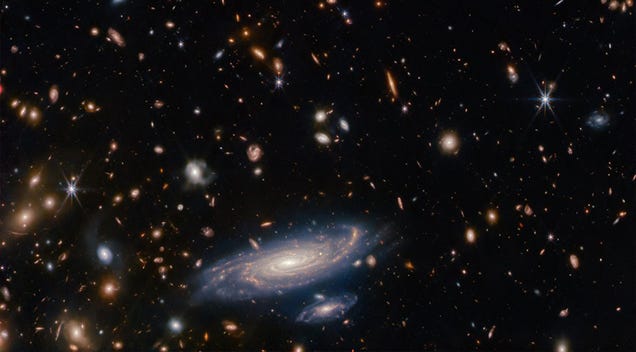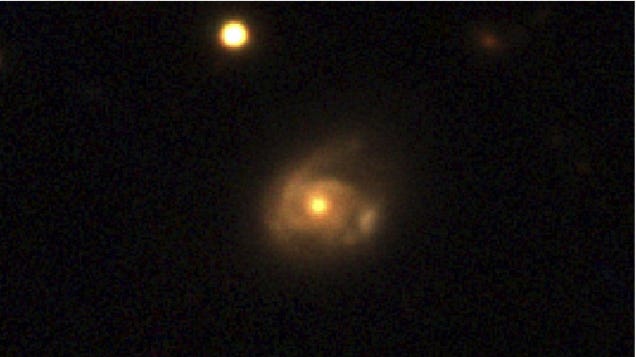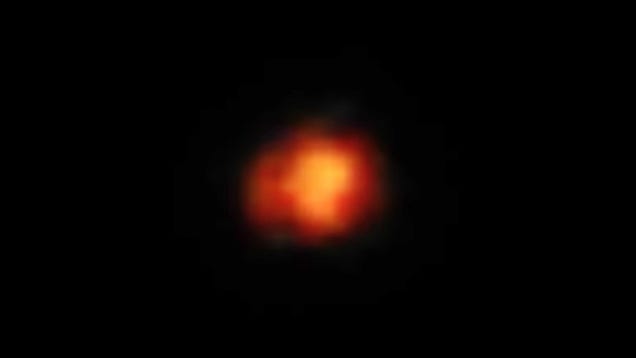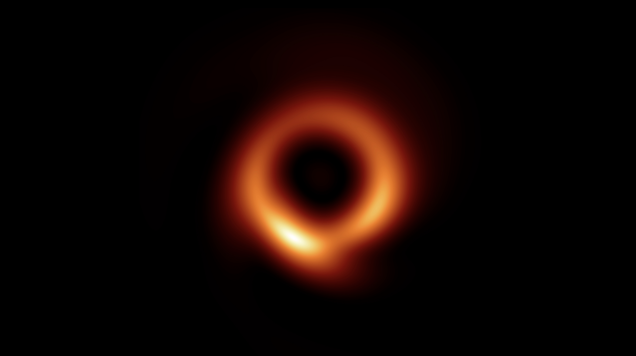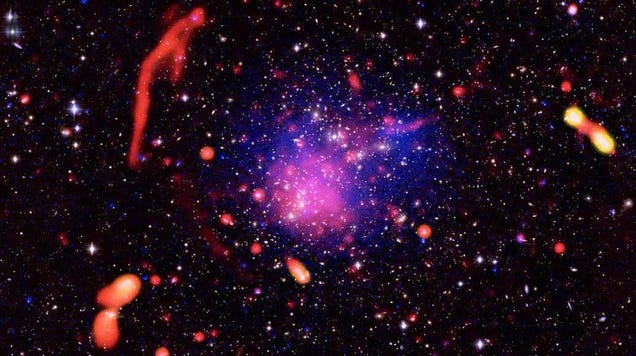
A recent deep field image from the Webb Space Telescope, showcasing a region of space known as Pandora’s Cluster, or Abell 2744, features two galaxies. These galaxies are remarkable for their distance from Earth, being the second and fourth most distant galaxies ever observed, according to a team of researchers that…

